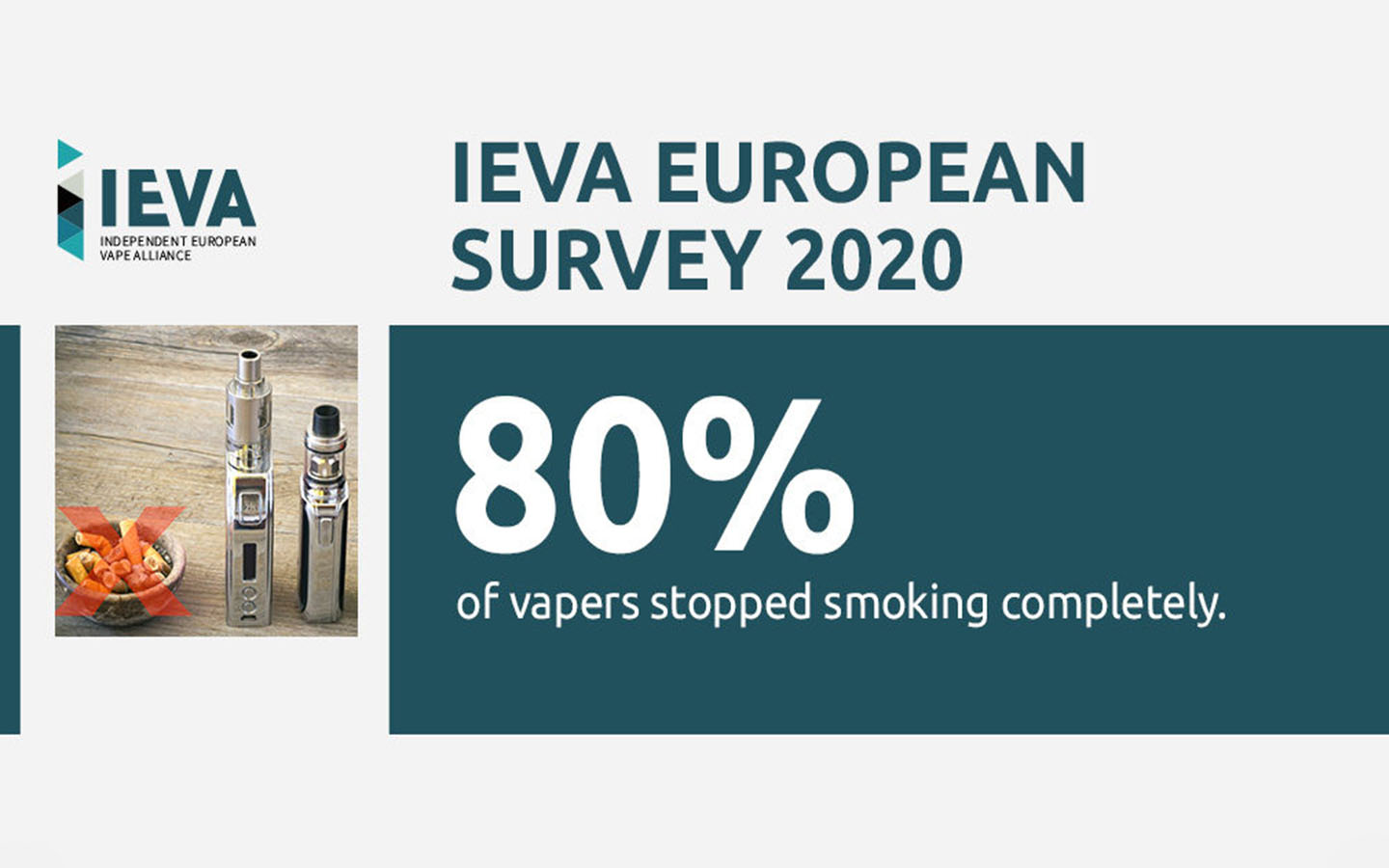
I. Introduction
1. Anti-smoking and vaping policies in the EU
Anti-smoking policy and guidance on vaping in the European Union (EU) is becoming an increasingly hot topic. Many member states are seeking to reduce tobacco harm and support cessation through regulation and governance of the vaping industry. However, differences in the approaches of member states sometimes pose significant challenges.
2. Diversity in approaches of member states
EU member states have different approaches to regulating and managing the vaping industry, ranging from adopting strict policies to supporting and encouraging the use of vaping as an effective smoking cessation method.
II. EU common legal framework on vaping
1. Tobacco Products Directive (TPD)
The EU's overall regulatory framework for vaping is guided by the Tobacco Products Directive (TPD), an EU-wide set of regulations aimed at reducing the harms of tobacco. The TPD includes regulations on the advertising, packaging, and composition of vaping products.
2. Regulations on advertising, packaging, and ingredients of vaping products
TPD stipulates that vaping products must not be advertised directly, must have health warnings on the packaging, and must not contain harmful substances such as diethylene glycol. In addition, TPD requires manufacturers to register their products with national authorities.
III. Different approaches of member states
1. Examples of England, France, Italy and Germany
Each member state has its own approach to regulating and managing the vaping industry:
UK: The UK government sees vaping as an important tool in reducing smoking rates and helping people quit. Vaping products are regulated more lightly than traditional cigarettes.
France: France is imposing stricter regulations on vaping, including banning advertising and restricting the sale of vaping products in public places.
Italy and Germany: Both countries have introduced regulations to tax and regulate the vaping industry, however there are differences between the regulations.
IV. Challenges and opportunities for the vaping industry in Europe
1. Challenges for industry regulation and management
The diversity of approaches taken by member states sometimes presents significant challenges for the vaping industry. Manufacturers and distributors of vaping products face different regulations depending on the market in which they operate.
2. Opportunities for the development of the vaping industry in the EU
Despite this, the vaping industry still has room to grow strongly in the EU, thanks to support from authorities and health organisations, as well as growing consumer demand for products that help smokers quit.
V. Conclusion and direction
1. Cooperation among member states
To achieve the common goal of reducing tobacco harm and supporting cessation, Member States need to work closely together to guide policy and regulation of the vaping industry. This cooperation will ensure that appropriate and effective regulations are applied across the EU.
2. Building policies based on scientific evidence
One of the key elements of effective and credible policy is that it is based on scientific evidence. Member States need to continue to research and assess the impact of vaping on public health, and then make appropriate policy decisions.
3. General goal: Reduce the harmful effects of tobacco and support addiction cessation
Ultimately, the overall goal of anti-smoking policies and guidance on vaping in the EU is to reduce the harm caused by tobacco and to help people quit. By continuing to work together and putting in place appropriate regulations, Member States will contribute to creating a healthier future for Europeans.







![[H] dotMod dotAIO X Pro](http://thevapeclub.vn/cdn/shop/files/h__dotmod_dotaio_x_pro_1faf8f9936ab41d0acec625b36f445b1.png?crop=center&height=20&v=1723177235&width=20)
![[H] dotMod dotAIO X Pro](http://thevapeclub.vn/cdn/shop/files/dotmod_dotaio_x_pro_black_19673d303b75438a9b5e0dddb261b88a.png?crop=center&height=20&v=1723177234&width=20)






